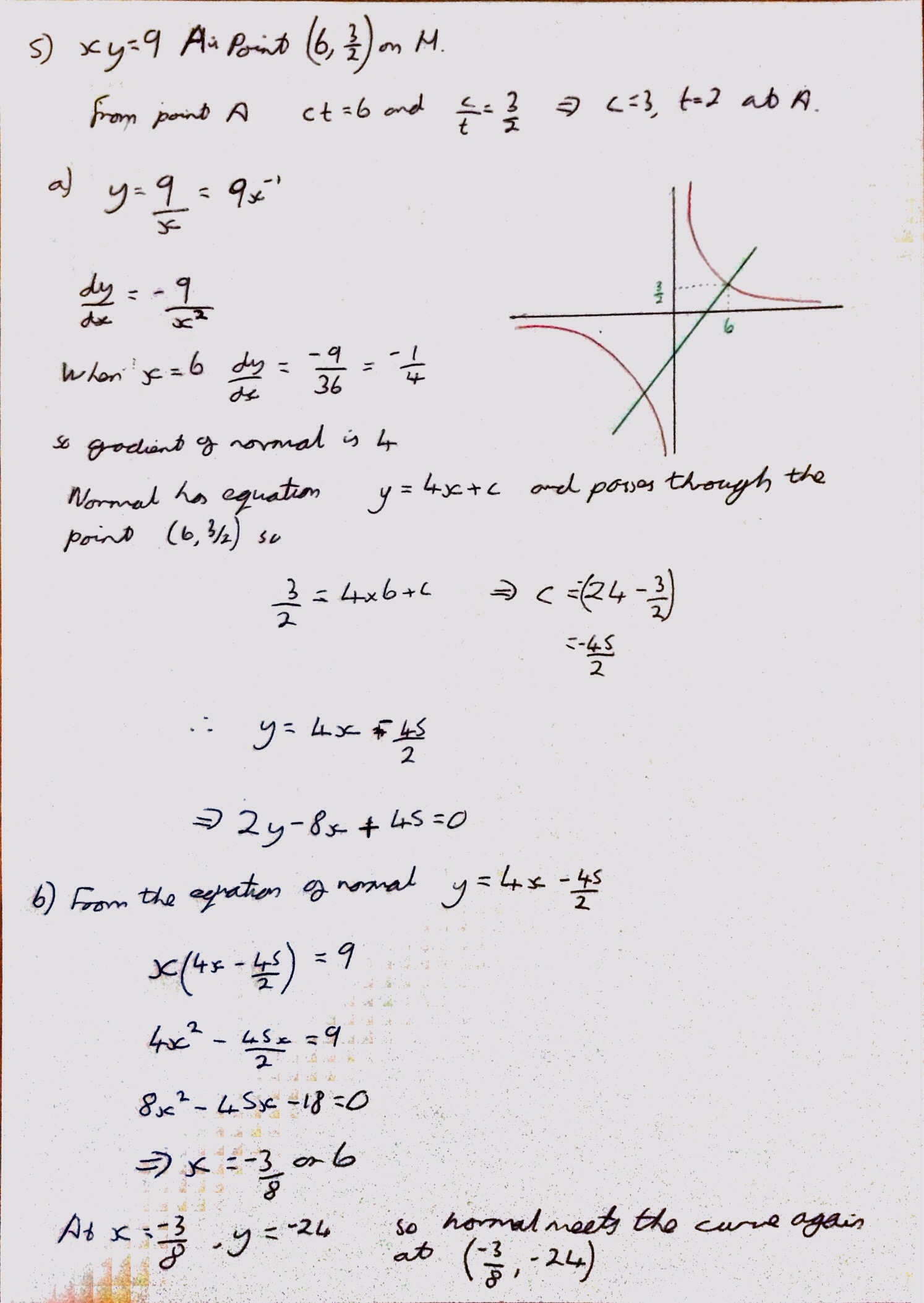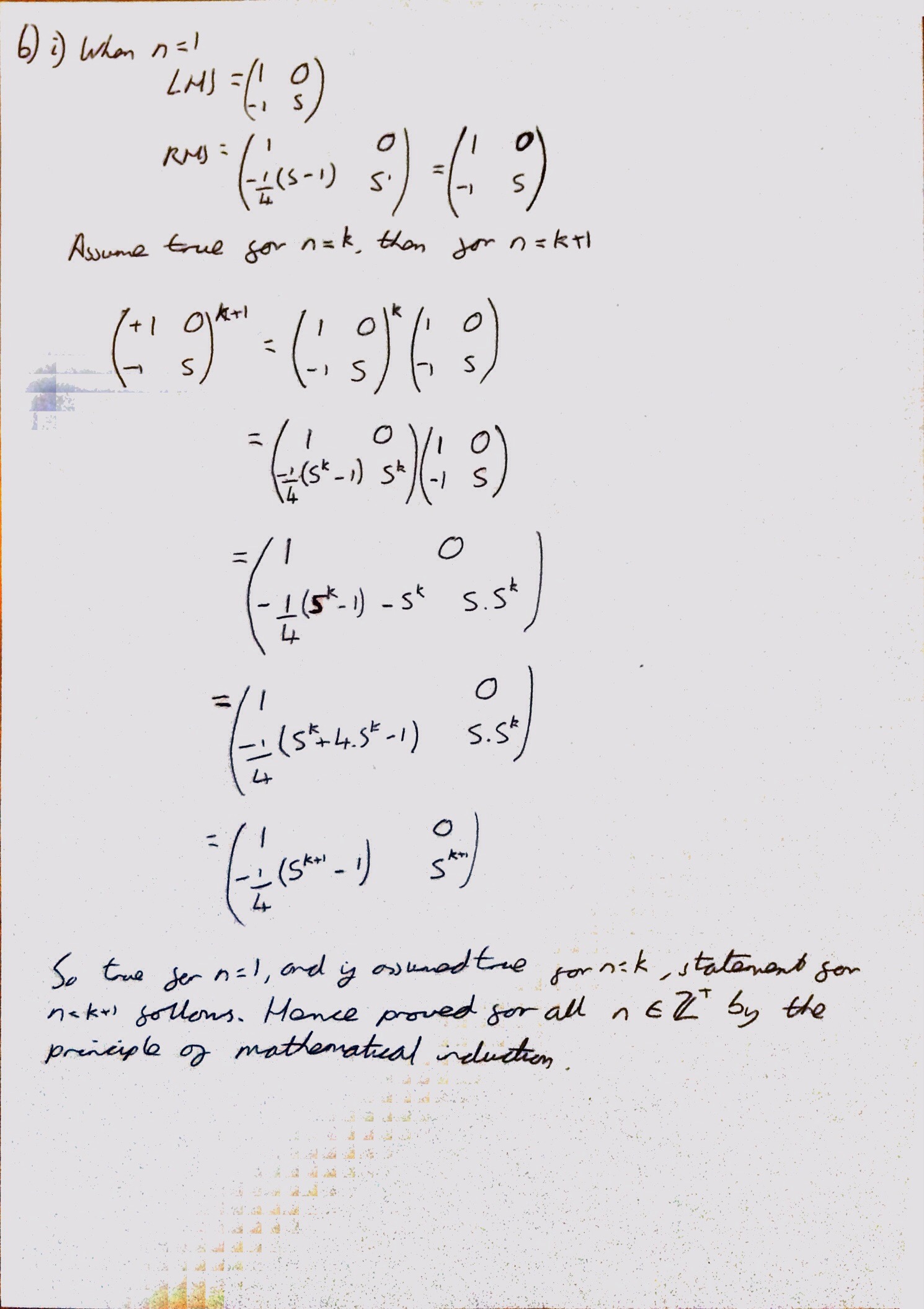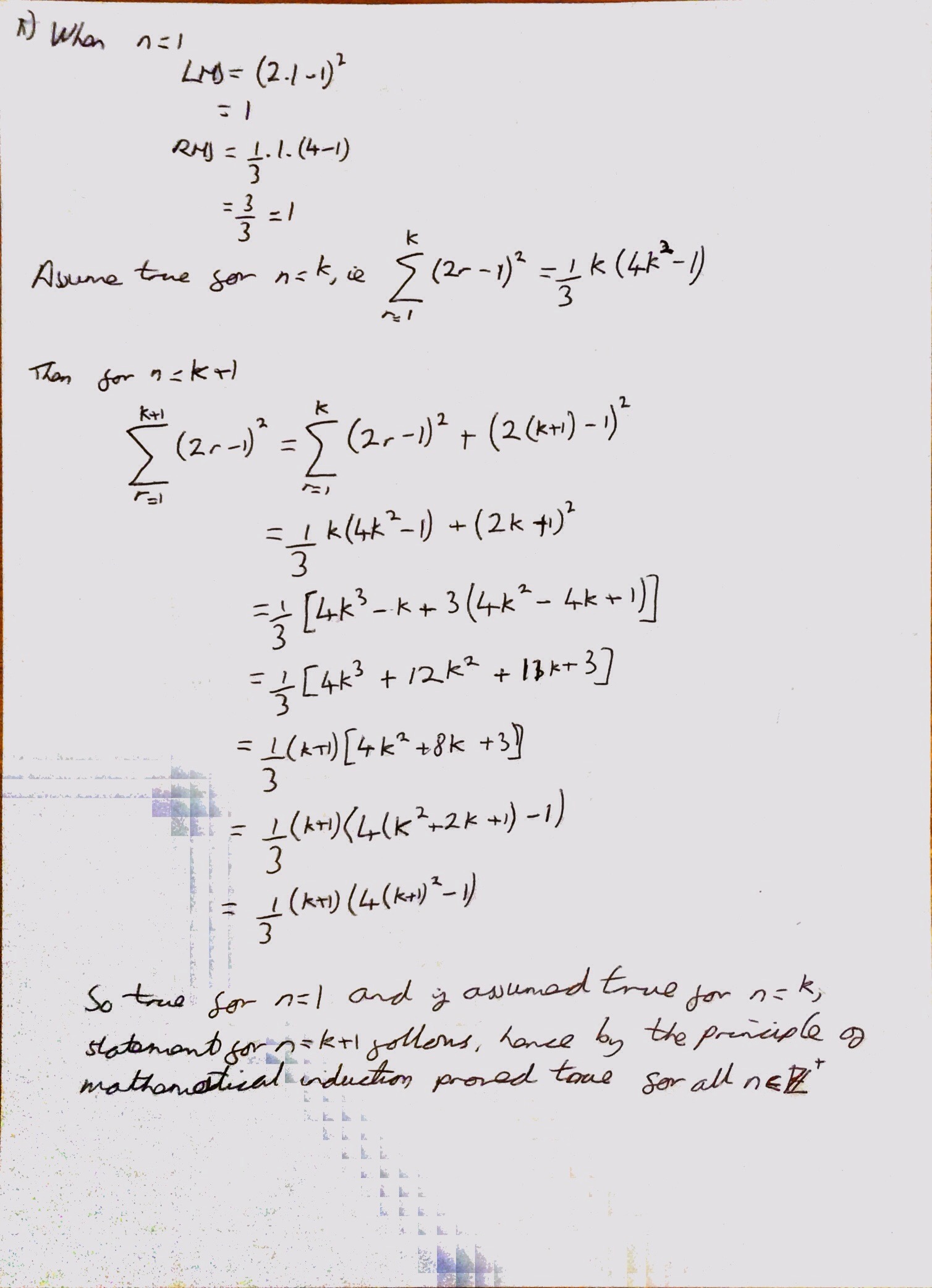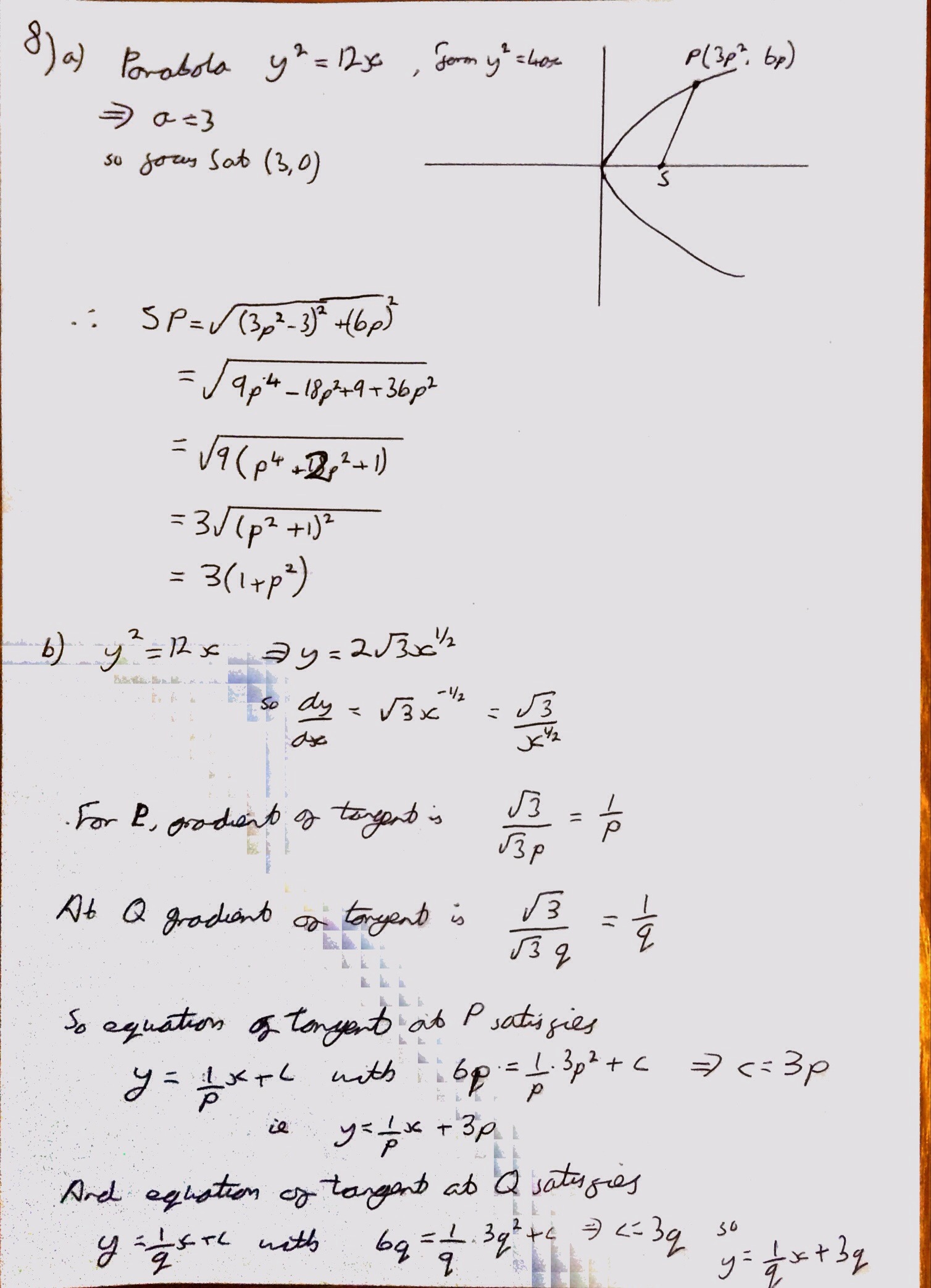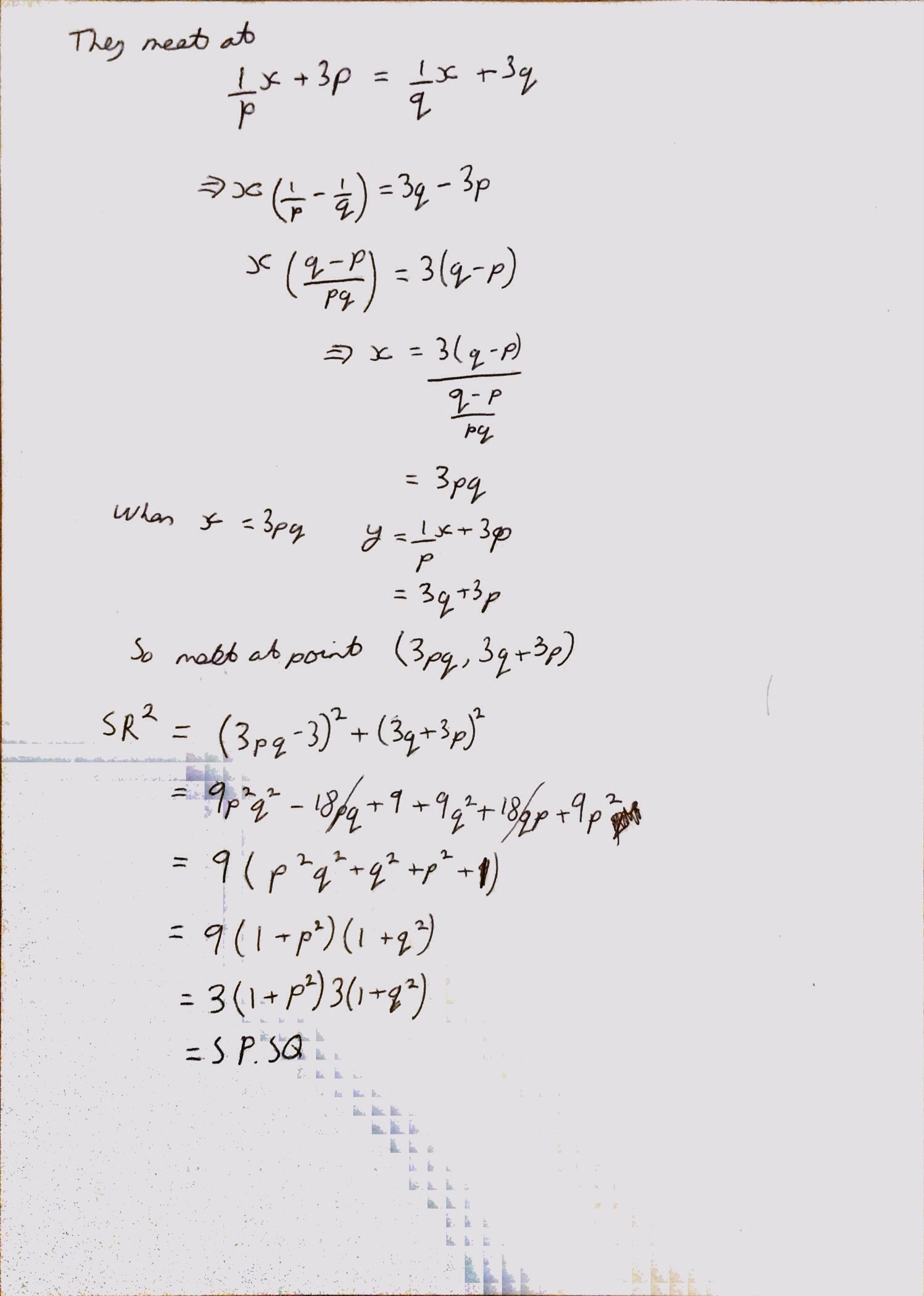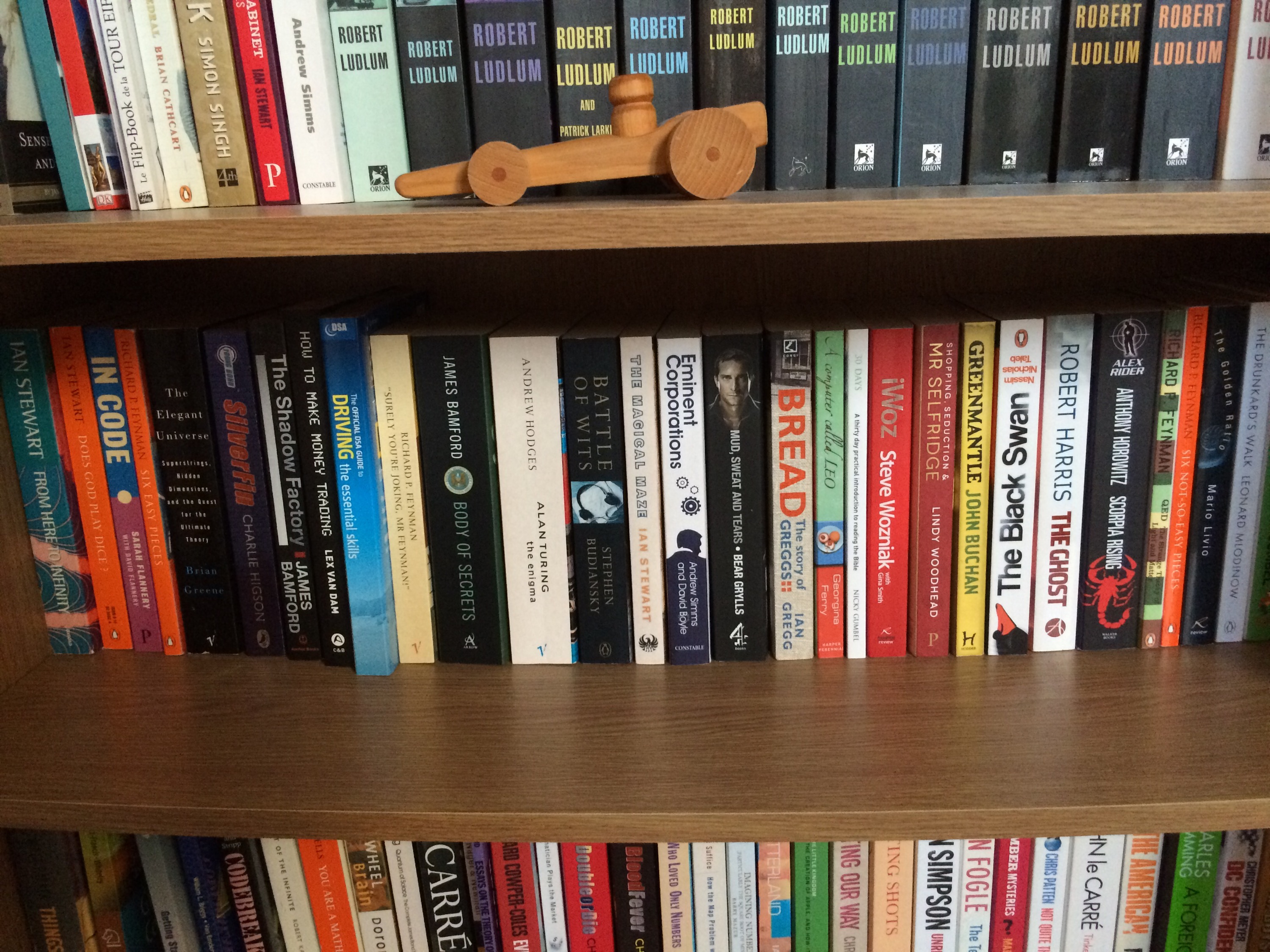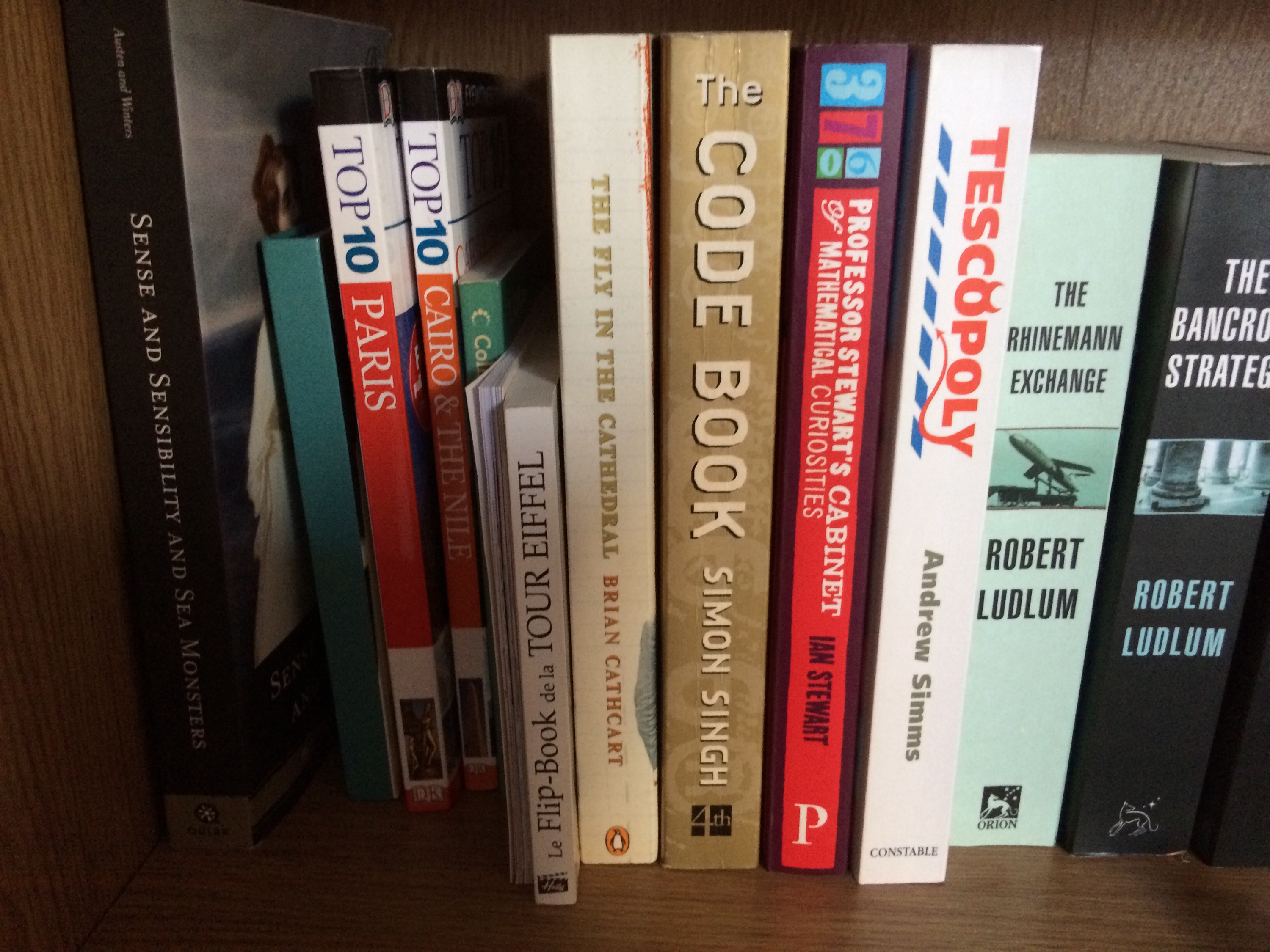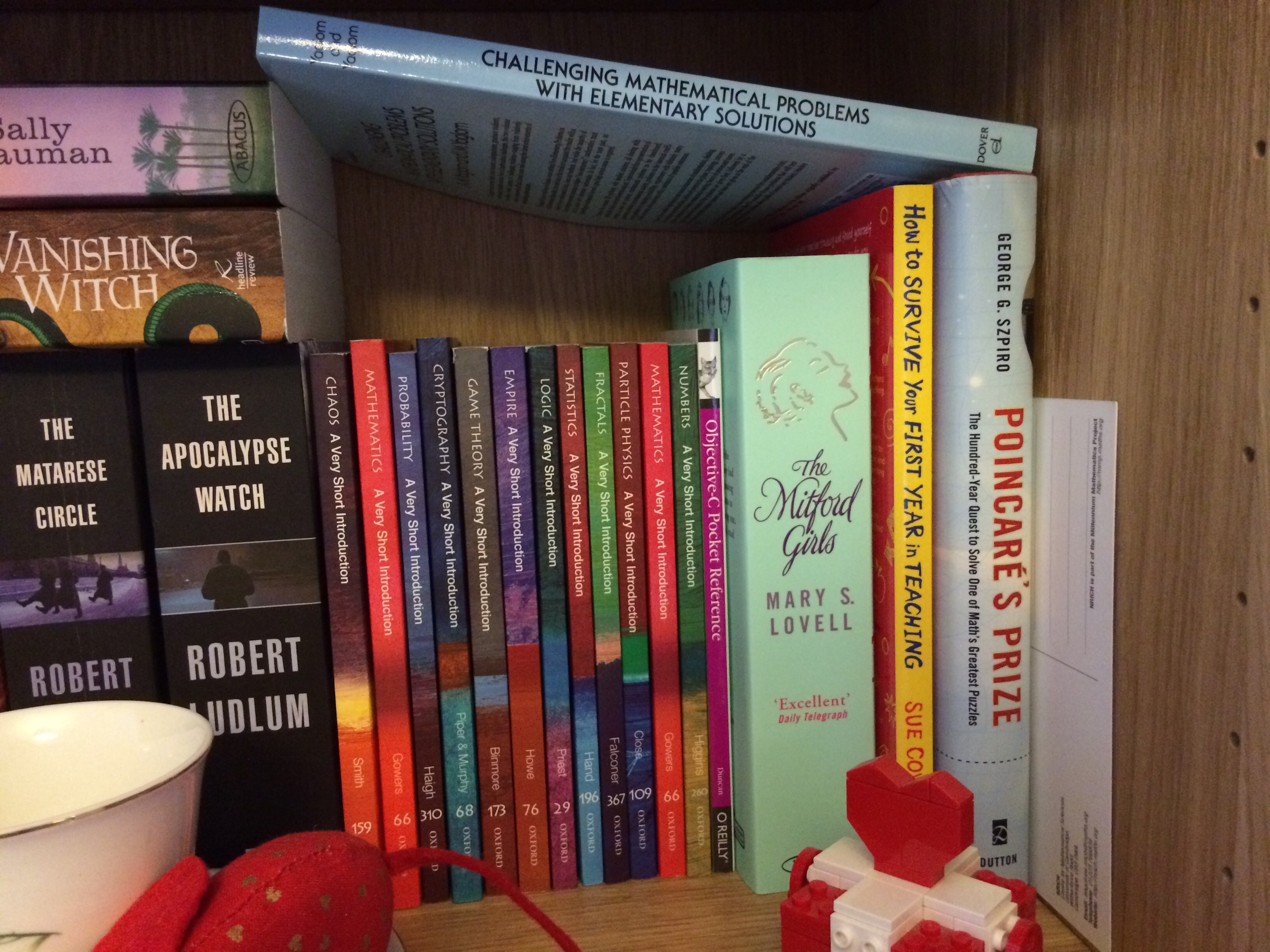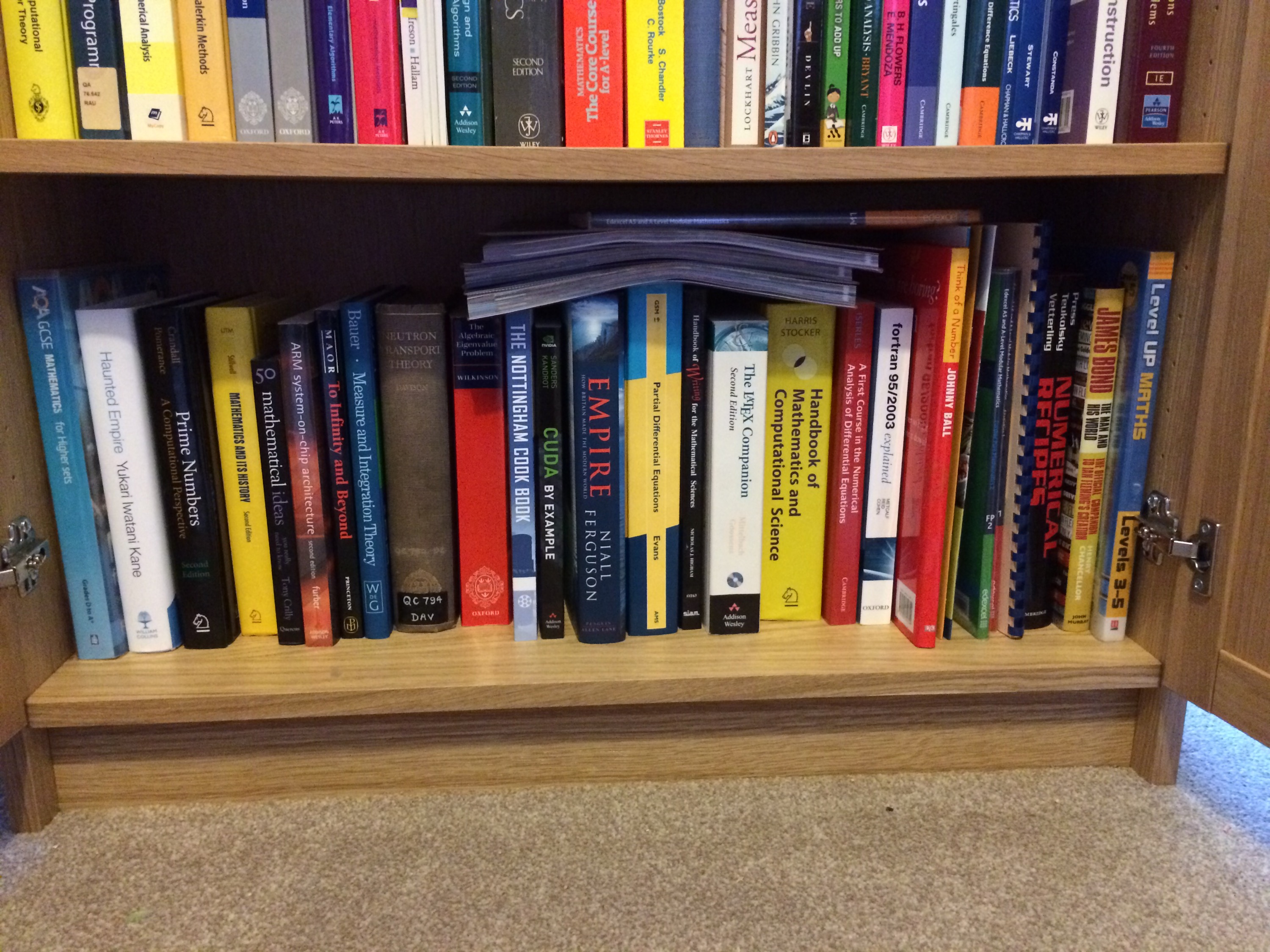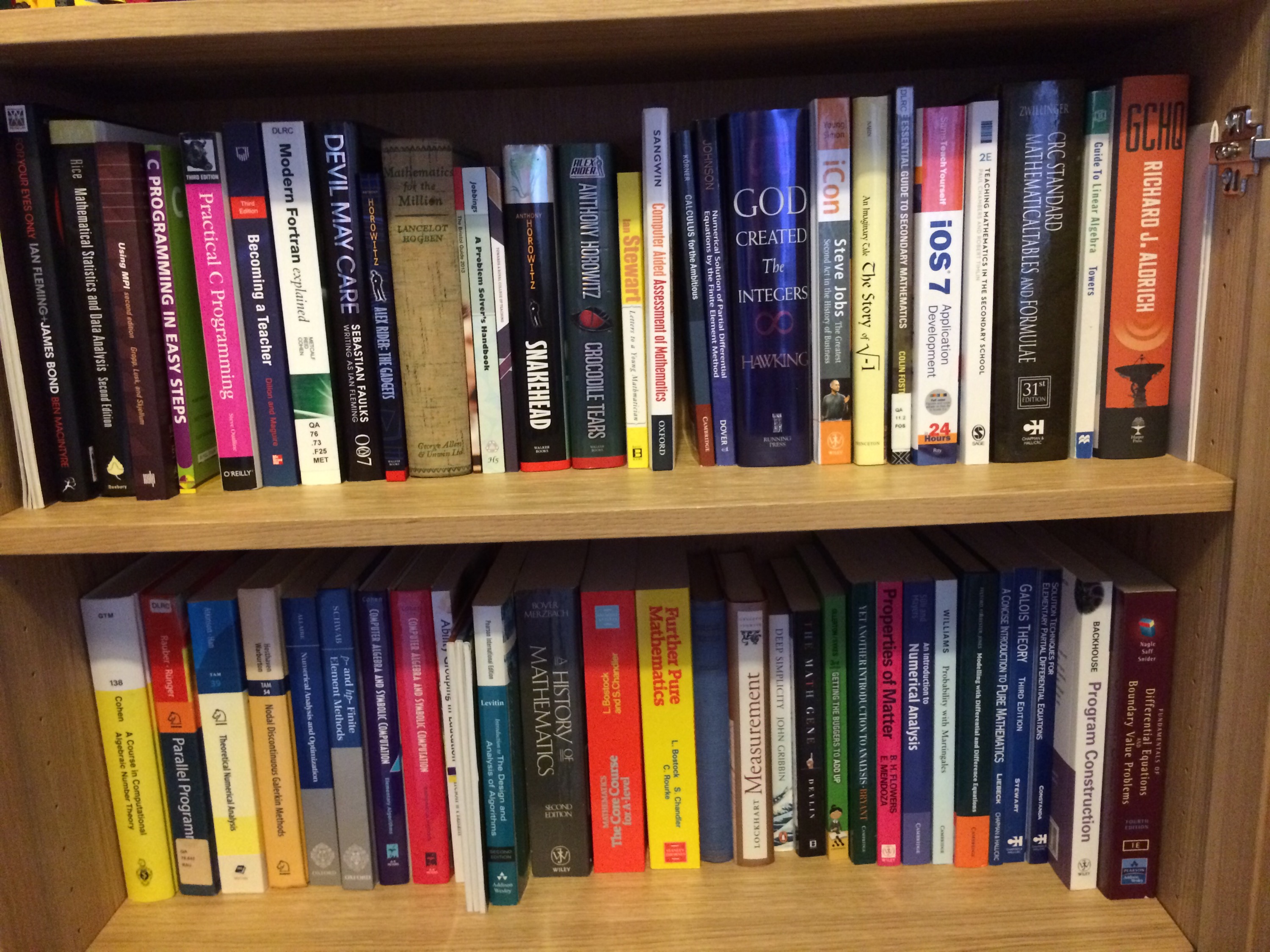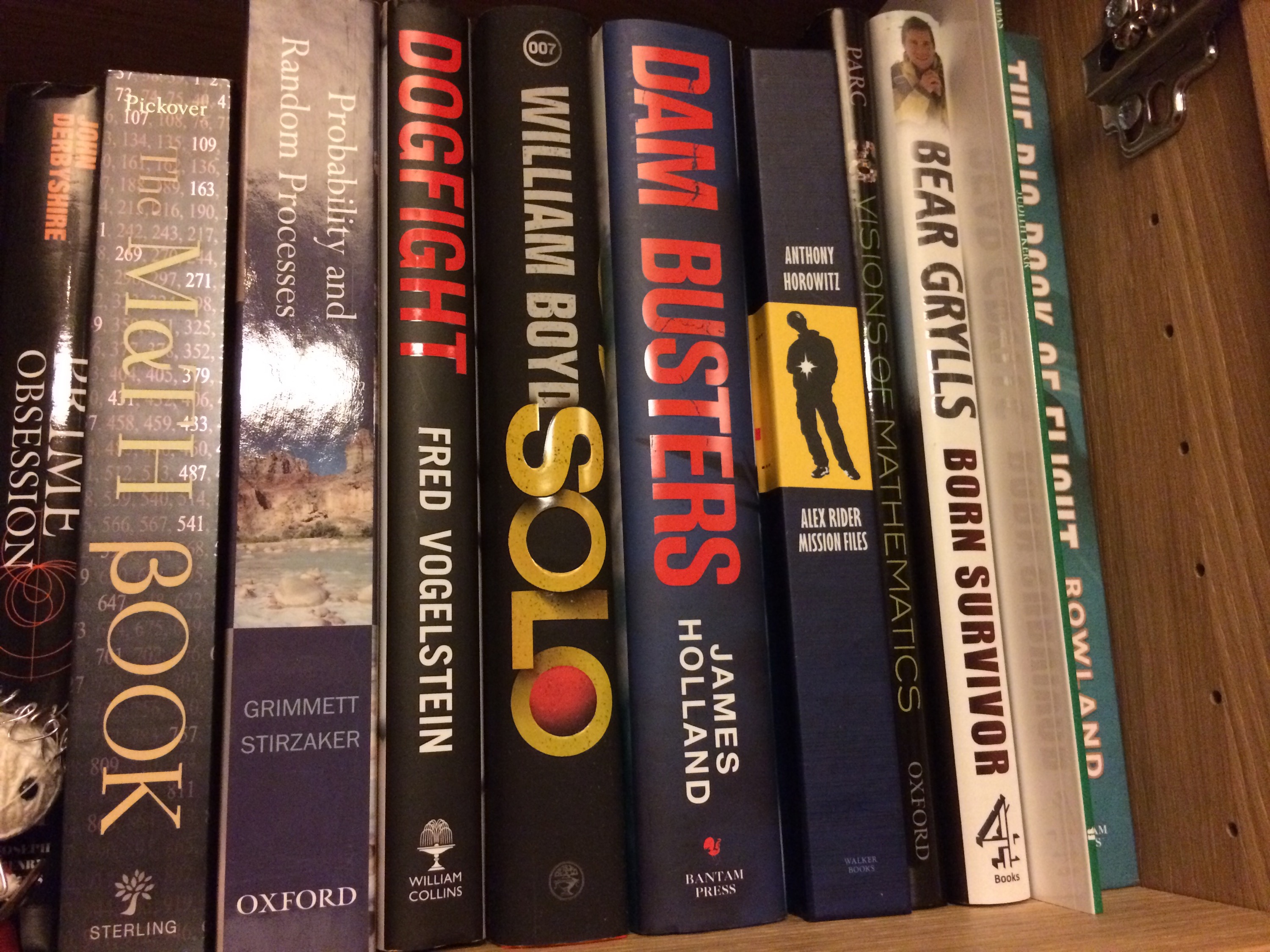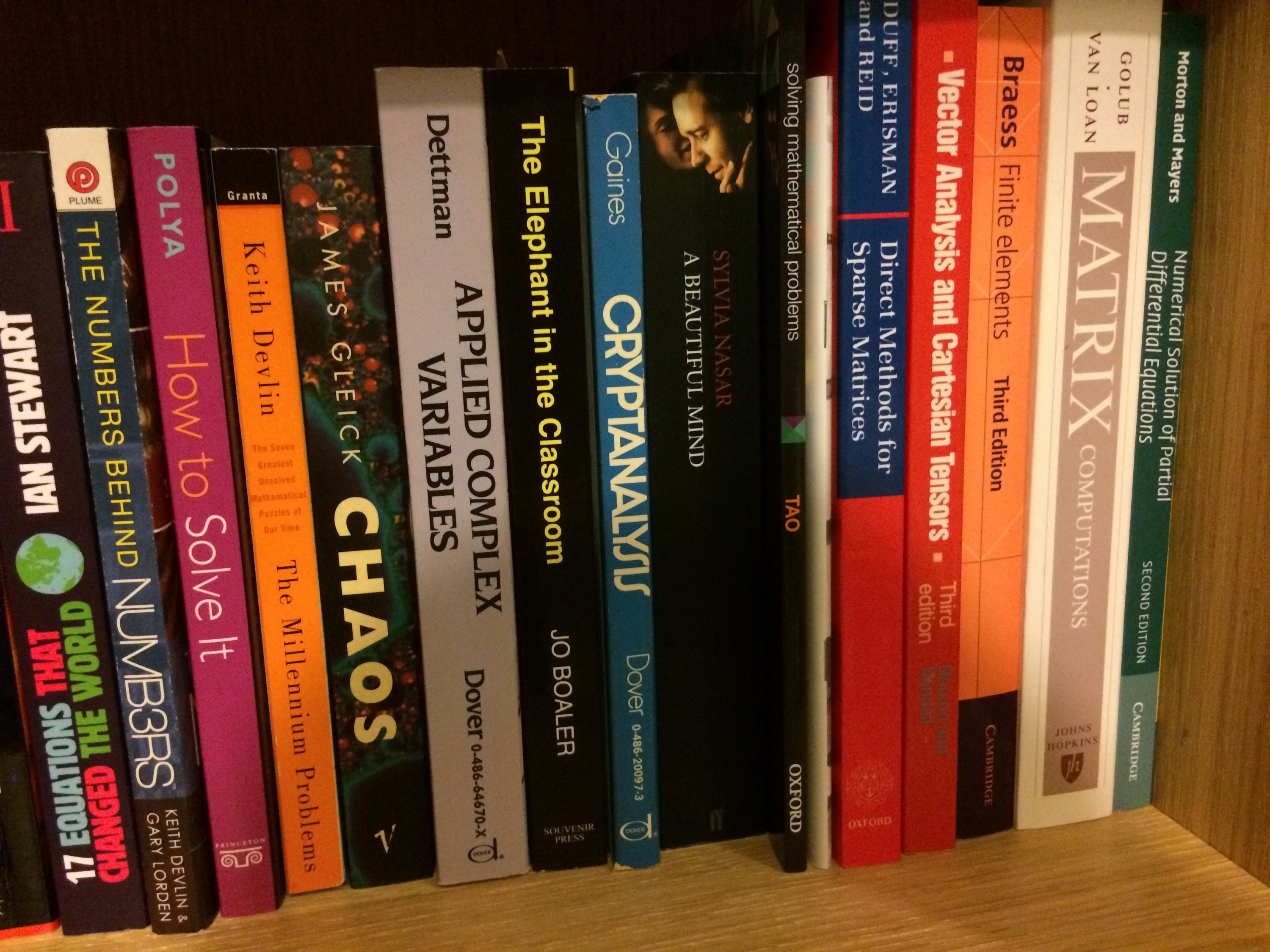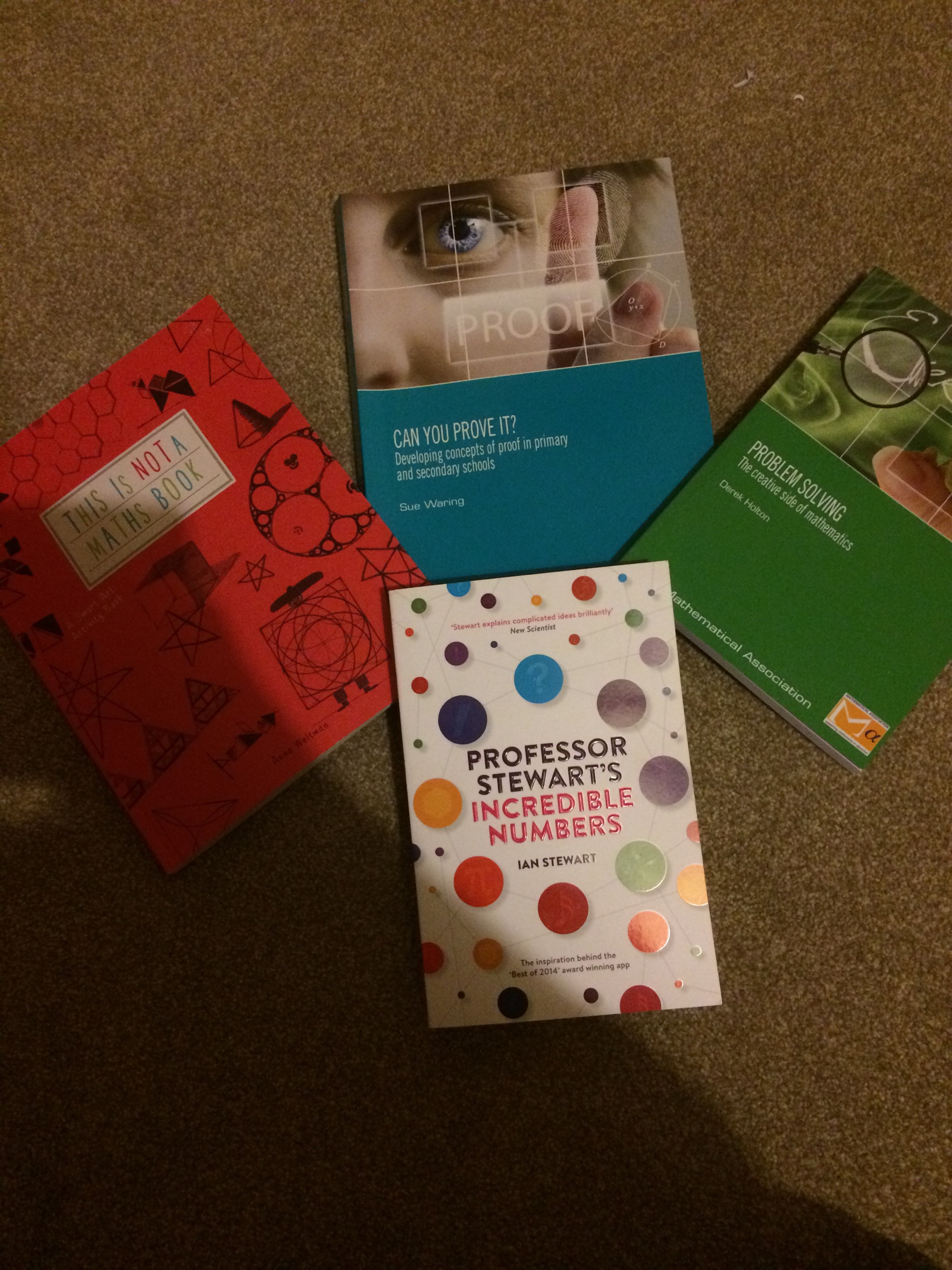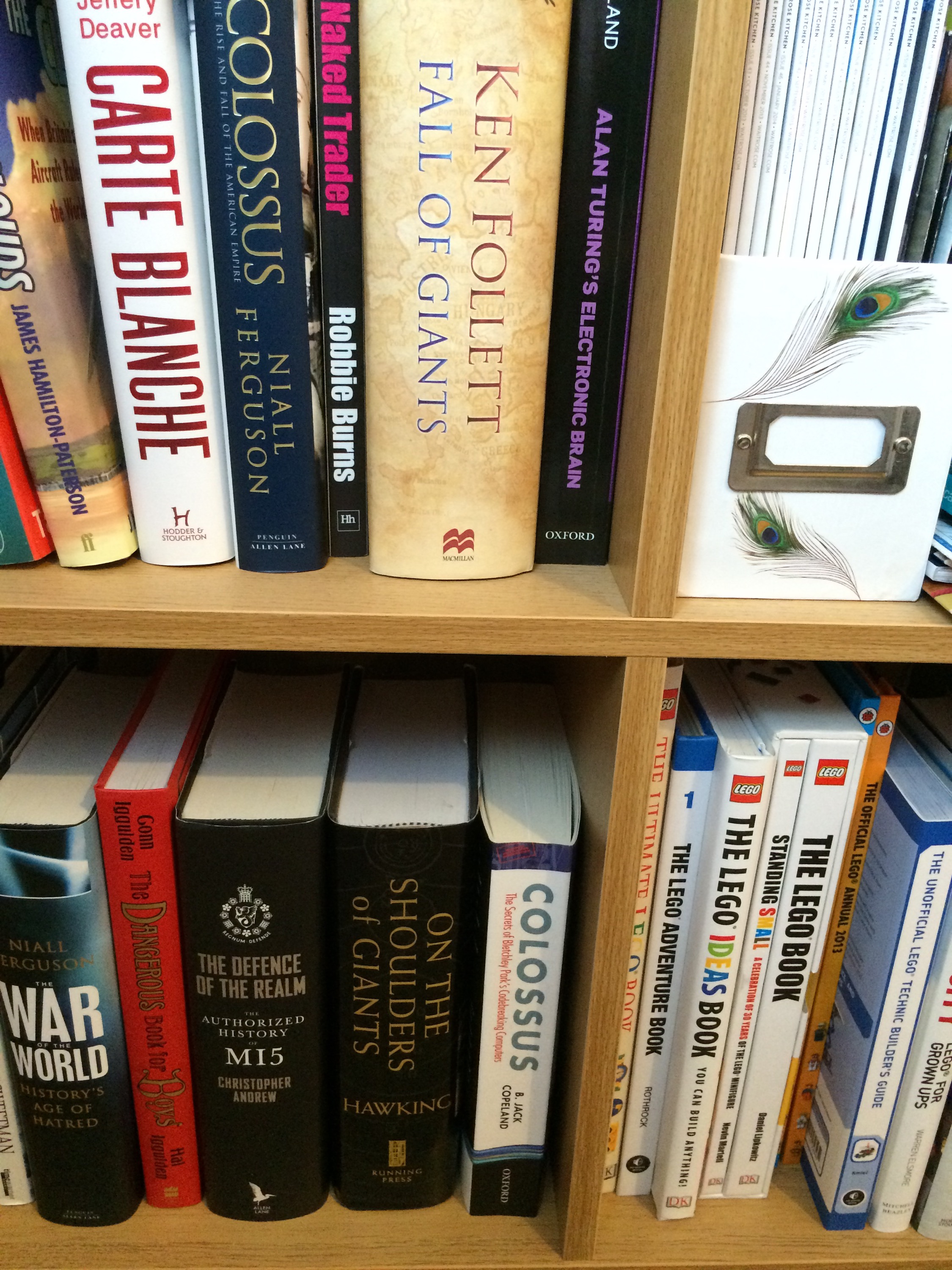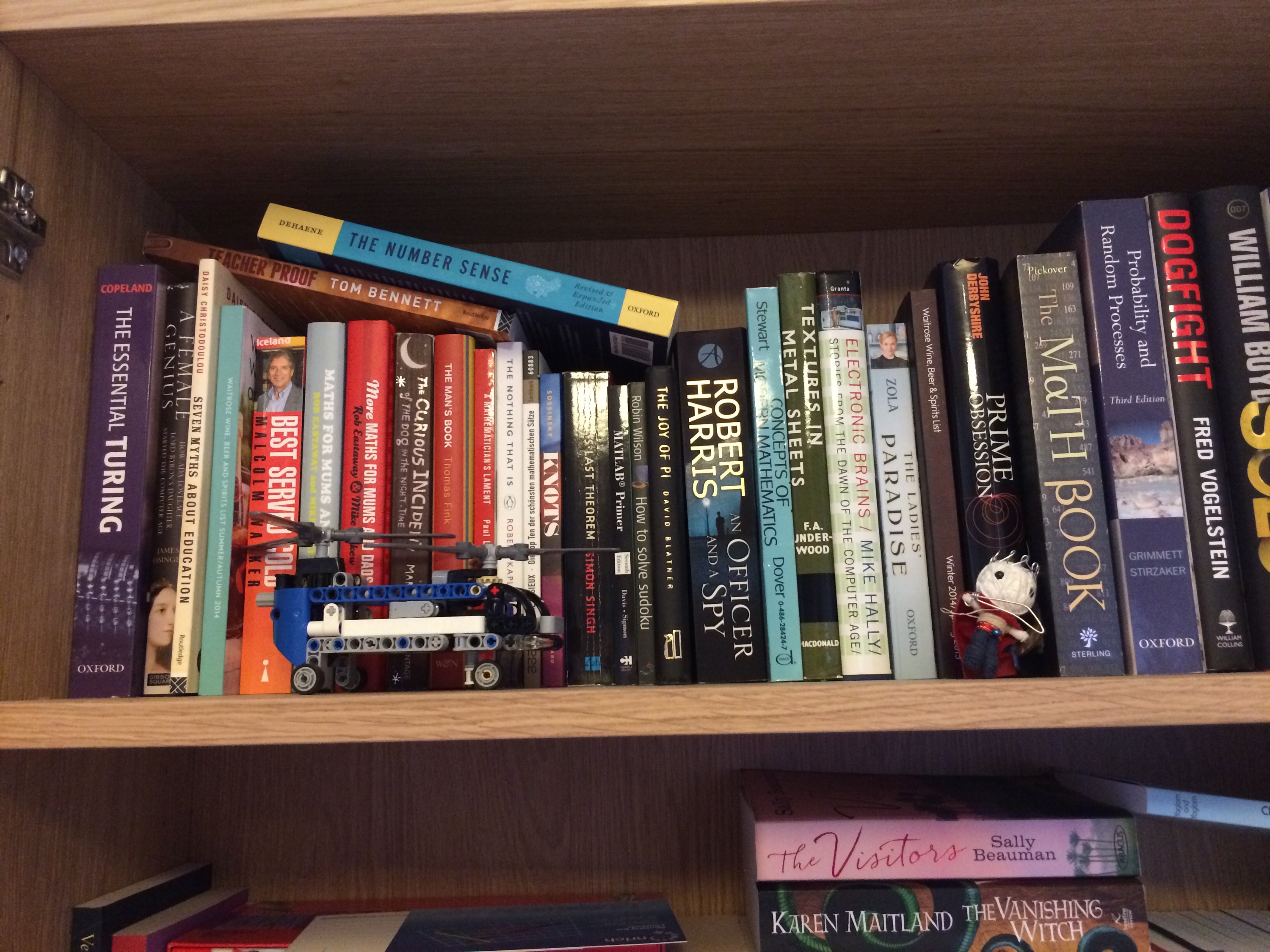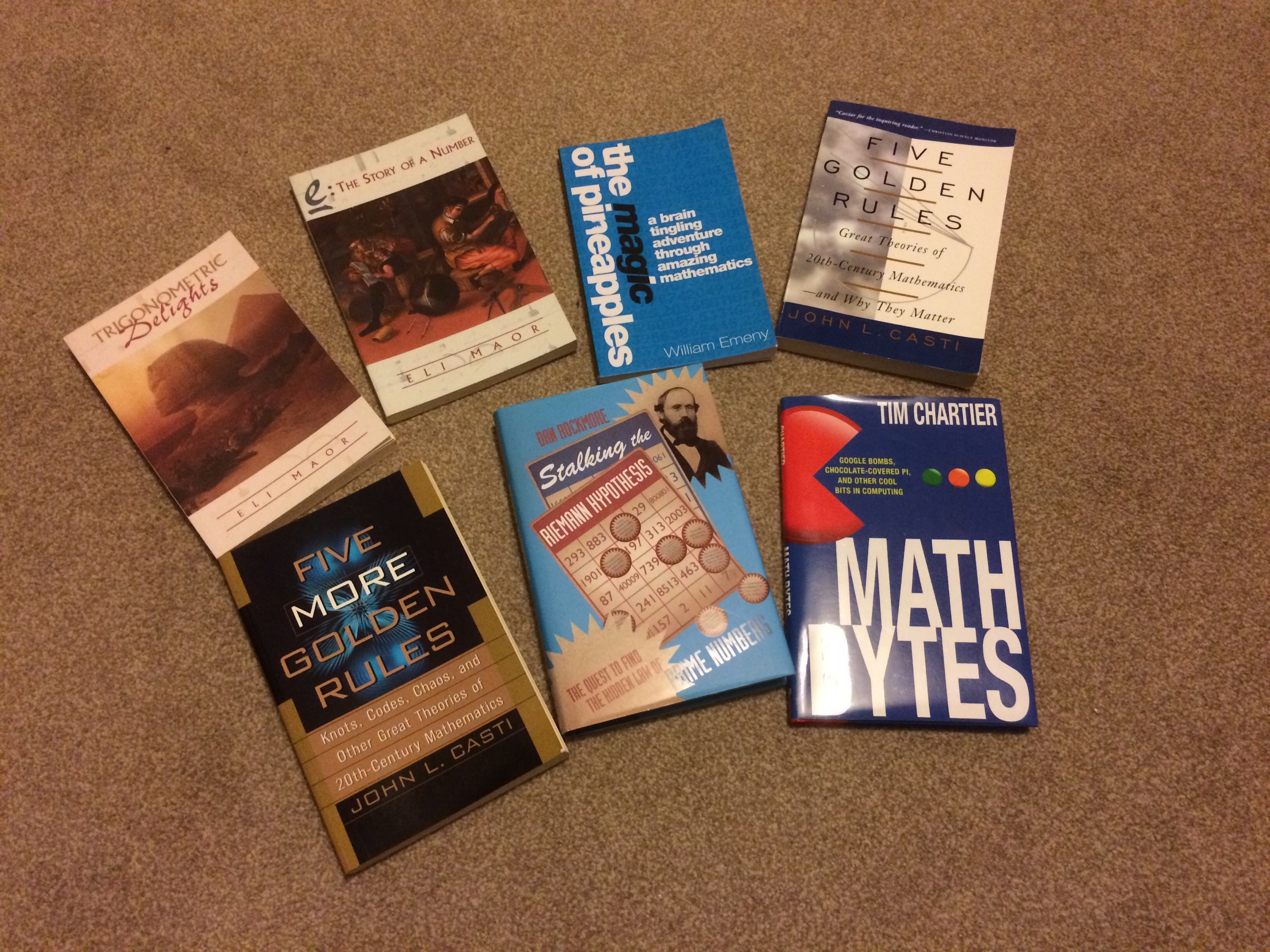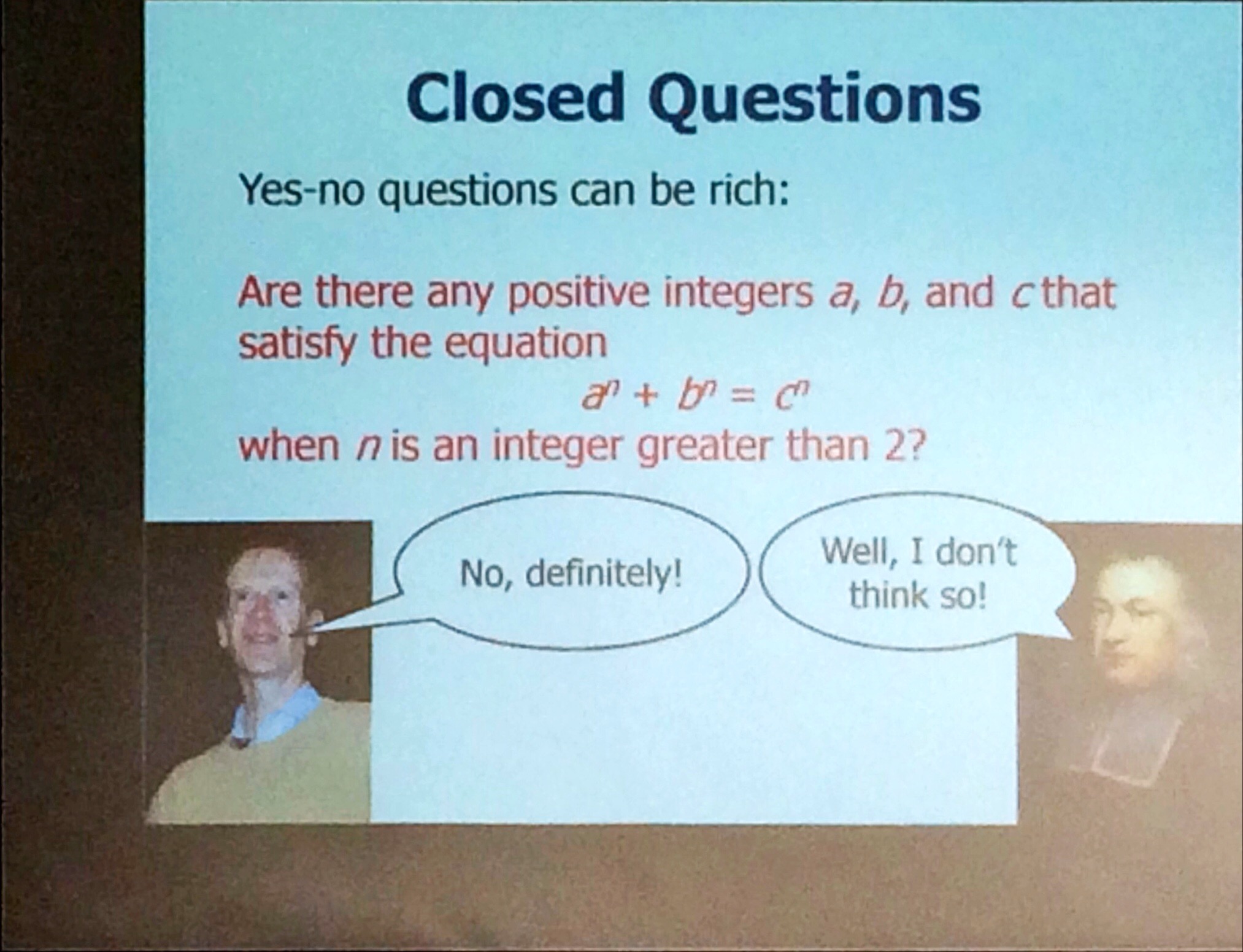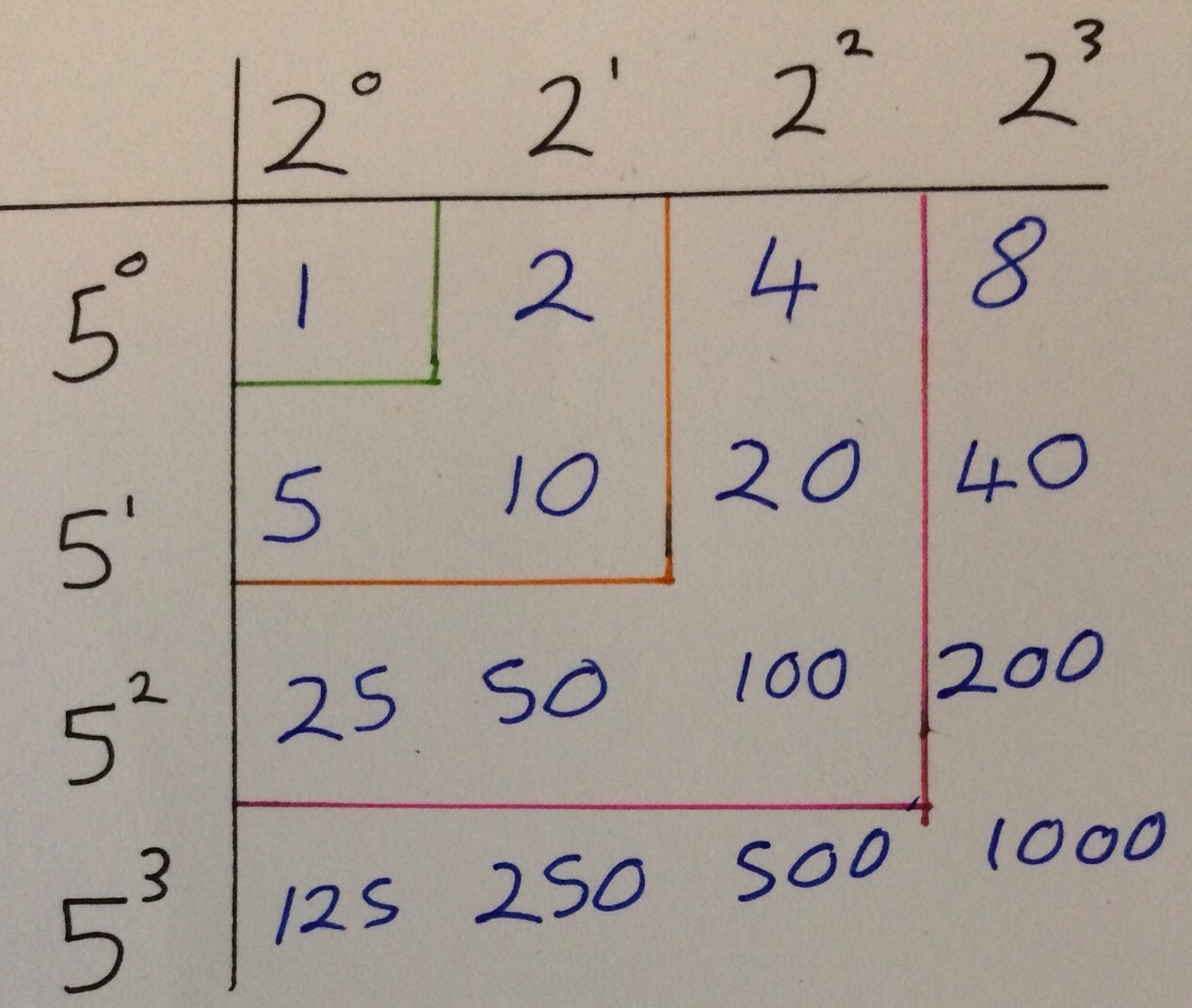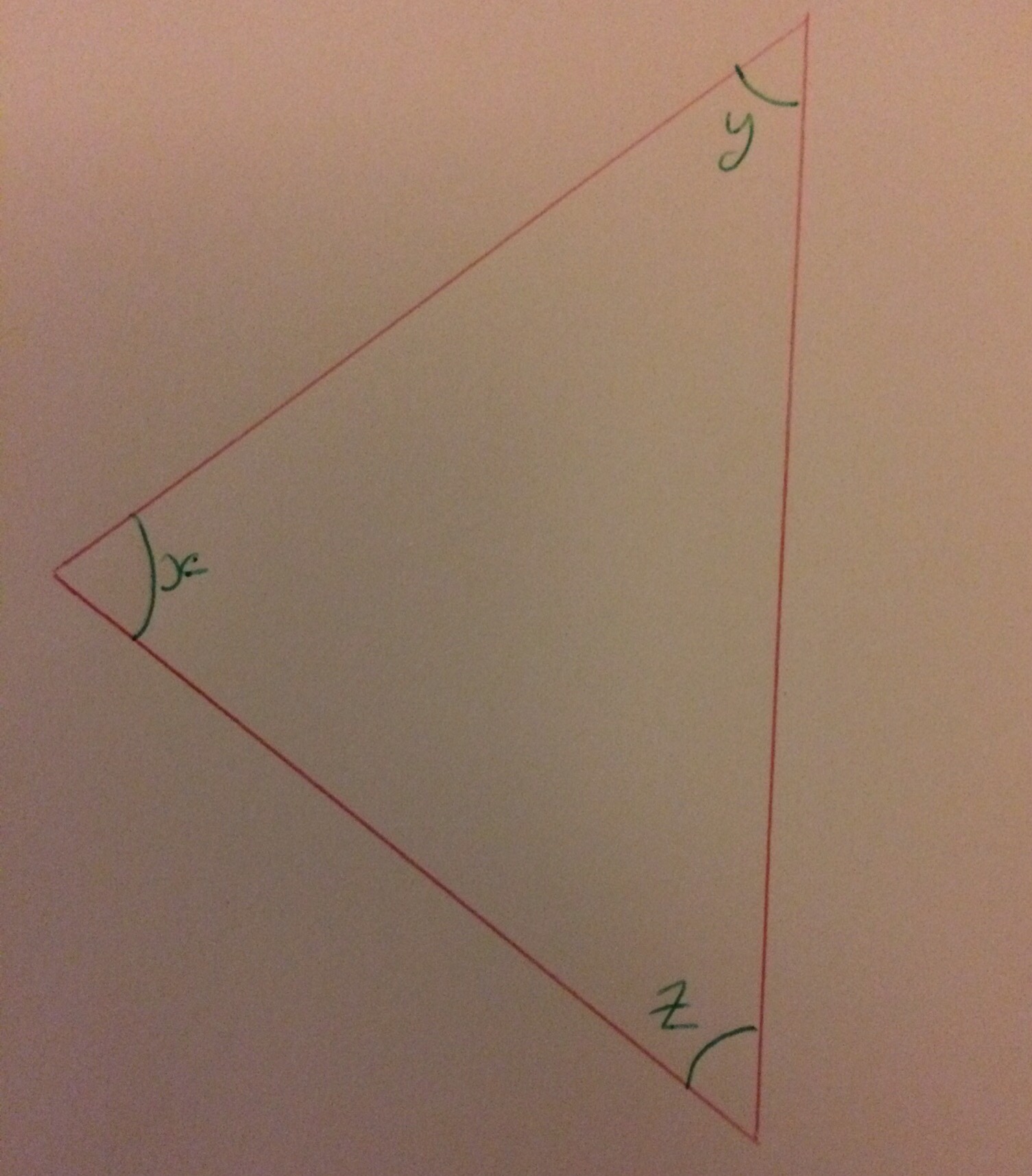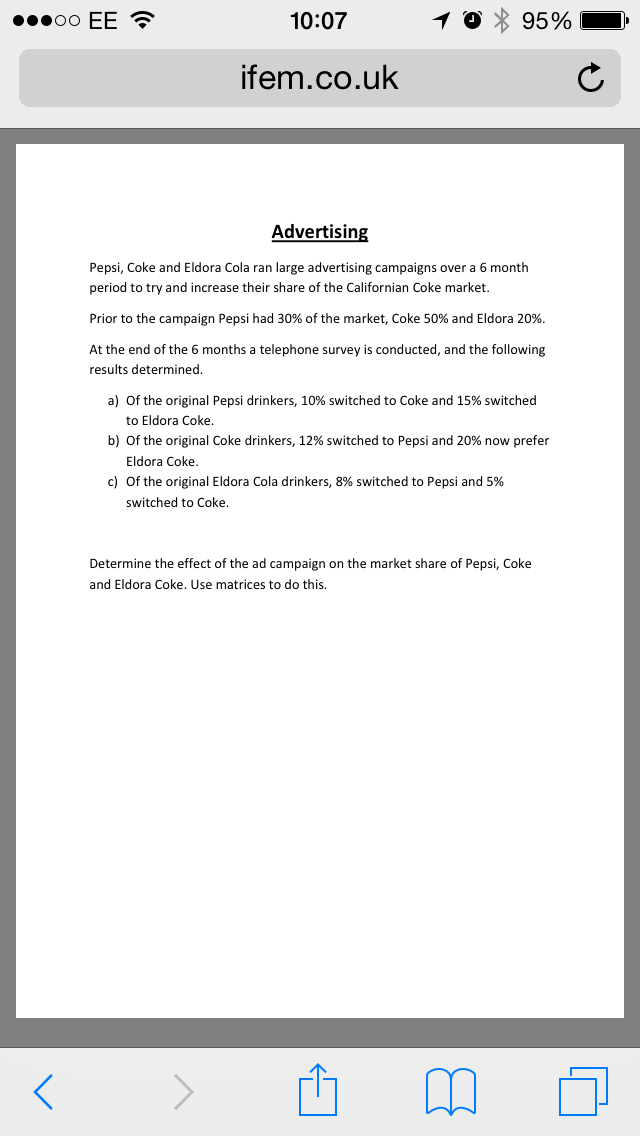My students weren’t very happy with this years FP1 exam and found it harder than past papers. After doing the paper, I agree it seems harder than recent past papers but I think it was a fair paper.
Questions 1 and 2 I thought were incredibly straight froward (5 marks for factorising a cubic and solving a quadratic seems generous), though I was surprised and saddened that there was no Newton-Raphson in the numberical-methods section.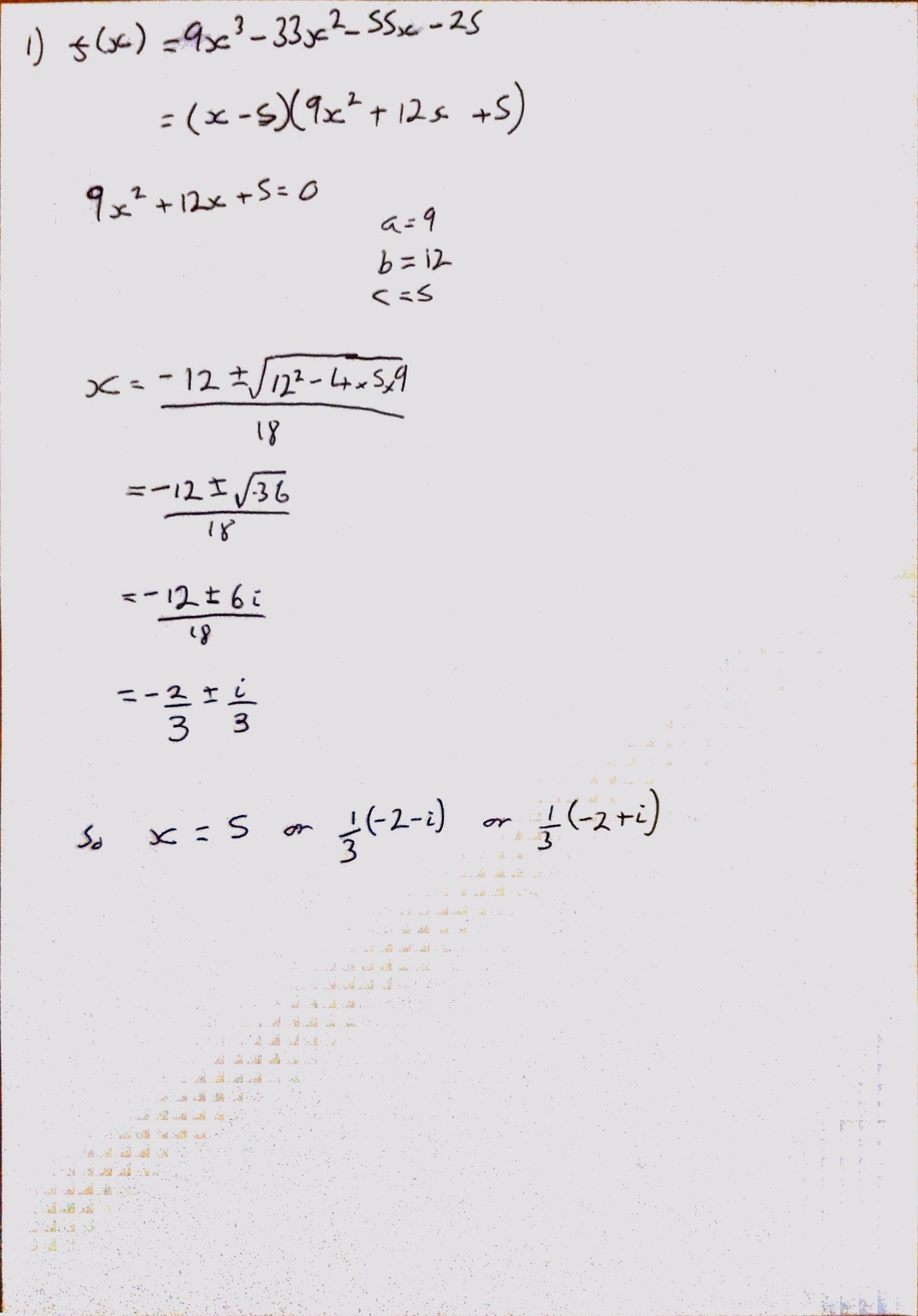

Questions 3 and 4 were nice too, the summations in 3 dropped out quite nicely, and 4 was a straight forward test of basic definitions for complex numbers.
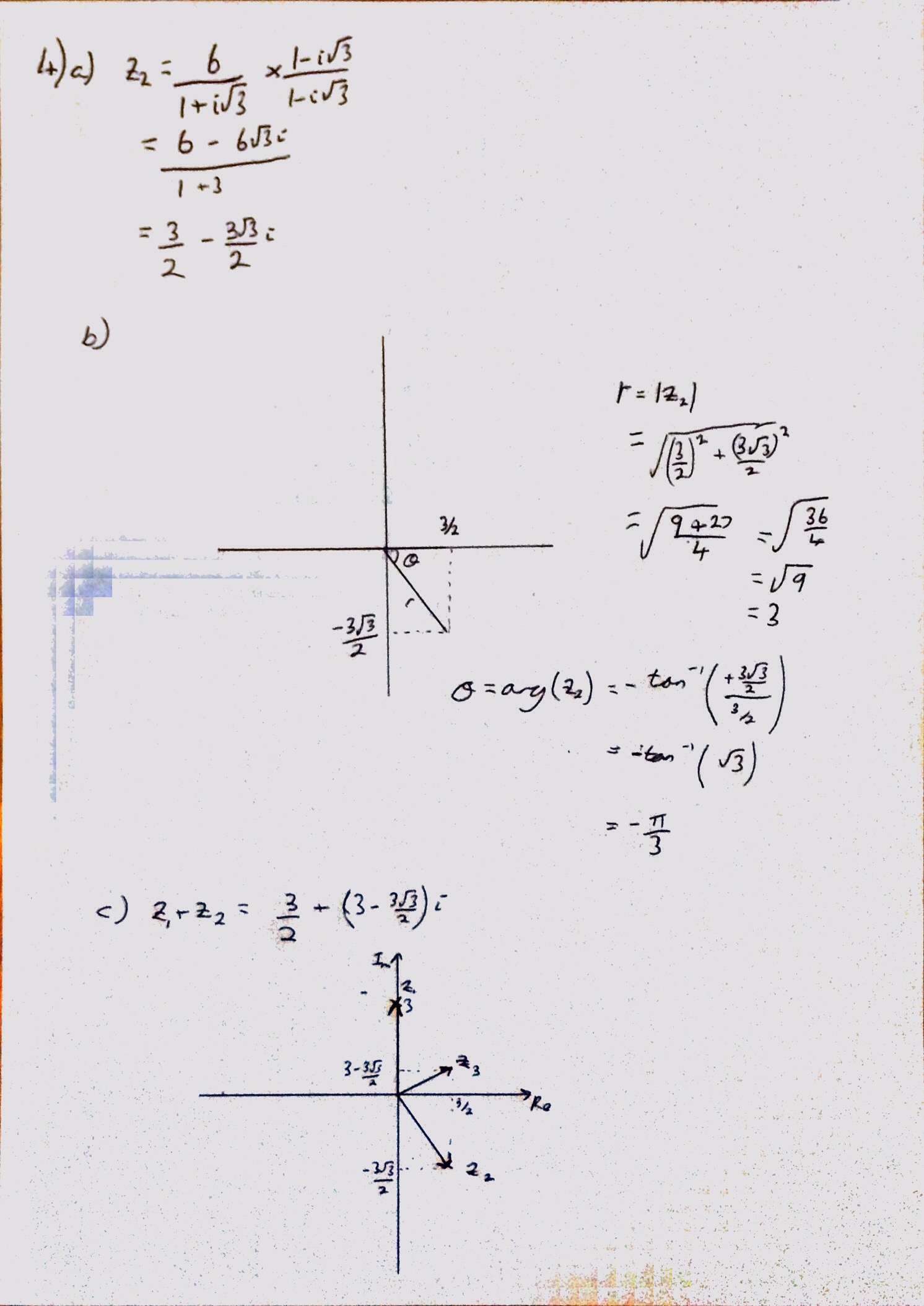
Question 5 concerned the hyperbola, and wasa nice test of the basics of finding normals and points of intersection – not much to trip people up here I didn’t think.
There were two induction proofs for question 6 (no divisibility question though, which everyone I have spoken too seemed pleased about. I feel that these were a bit trickier than similar induction questions in previous years, with the algebraic manipulation to complete step 3 being not as straightforward (in that you couldn’t immediately factorise out some of the terms for the summation proof, for example) as sometimes.
I would describe Question 7 as a gift of a question. I can’t really believe they explicitly asked youto find the inverse of the matrix B, before it needed to be used to work out the coordinates of the triangle T. I think this should eliminate the possibility of candidates using the wrong matrix in this question.
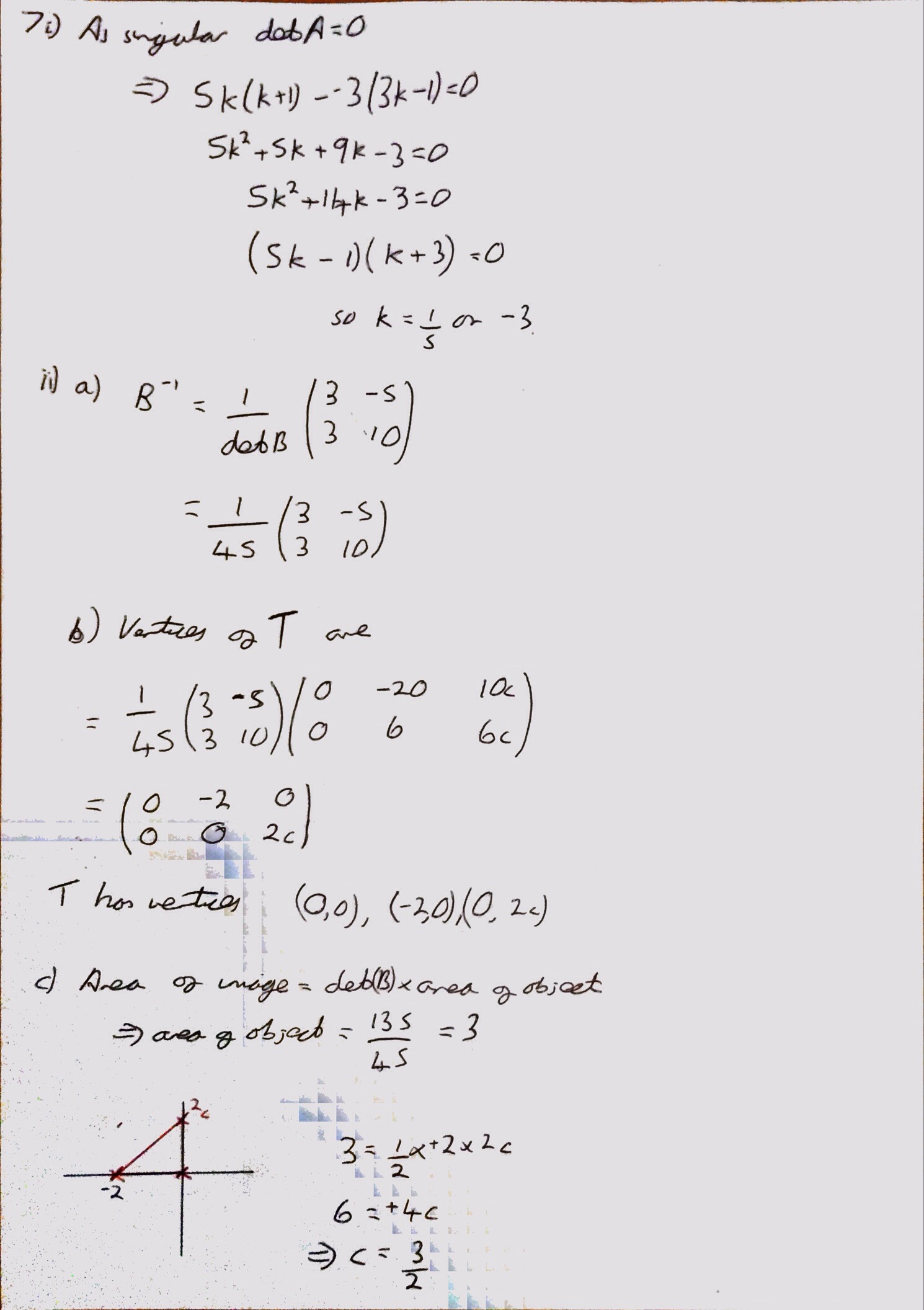
Oddly this paper had only 8 questions, I have got used to the FP1 exam having 9. The final question was however worth 14 marks and was trickier than a lot of conics questions. I guess the main reason that it seemed trickier was due to the wording of the question and the fact that the last part of the question wasn’t splt into multiple sections. Once you got past the wroding and the similarity of the letters p and q I thought this was quite a satisfying question, and I liked the result you were asked to show in the last part.
Please excuse the strange coloured triangles across the photos, it seems to be an odd artefact of the Office Lens app.
Update: Click here to download a pdf of my solutions and here for a scan of the questions.

